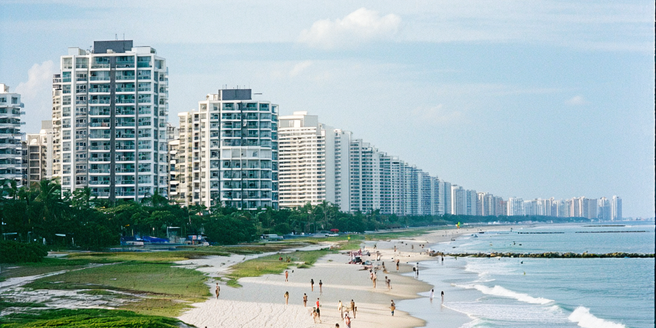
Introduction to Urban Planning and Climate Challenges
Urban planning today faces numerous challenges due to climate change. Rising temperatures, increased frequency of extreme weather events, and sea-level rise demand innovative planning strategies. Urban planners must integrate climate resilience into their models to design adaptable and sustainable cities. This involves incorporating green spaces for better air quality, ensuring infrastructure can withstand severe weather, and planning for disaster response. Additionally, implementing renewable energy sources can significantly reduce a city’s carbon footprint. Strategic zoning and thoughtful allocation of resources are critical. By anticipating climate impacts, urban planners can create environments that protect communities while promoting economic and social well-being.
The Role of Technology in Weather Prediction
Weather prediction technology plays a pivotal role in urban planning by providing critical data for decision-making. Advanced modeling techniques, such as machine learning algorithms, offer precise and timely forecasts, allowing cities to prepare for imminent weather threats. This preparation can significantly reduce the risk of damage and loss. Satellites, radars, and network sensors provide accurate, real-time data to meteorologists and planners alike. These technologies also help in understanding climate trends, aiding in long-term urban design decisions. The integration of these tools into city planning processes ensures that planners can minimize the impacts of severe weather, ultimately protecting infrastructure and residents.
Integrating Weather Data into Urban Design
In urban design, utilizing weather data can significantly enhance resilience and sustainability. By analyzing local climate patterns, planners can make informed decisions about building materials, green infrastructure, and energy usage. For example, areas prone to heatwaves may benefit from reflective surfaces and increased vegetation to combat urban heat islands. Accurate weather predictions can assist in implementing timely protective measures against adverse conditions. In regions vulnerable to flooding, elevated structures and permeable pavements can mitigate damage. Integrating weather data ensures that urban design not only meets current needs but is also adaptable to future climate challenges, promoting long-term viability and safety.
Case Studies: Success Stories in Weather-Resilient Cities
Several cities worldwide serve as exemplary models of weather resilience through strategic urban planning. Rotterdam, in the Netherlands, uses innovative water management techniques, such as water plazas and green roofs, to handle heavy rainfall and prevent flooding. Singapore’s comprehensive plan for green infrastructure includes extensive park networks, which help manage both heat and stormwater. Notably, the city’s commitment to sustainability ensures that these green spaces are both abundant and accessible. Copenhagen’s climate adaptation plan focuses on creating multifunctional spaces that handle excess water, preventing damage from cloudbursts. These success stories highlight the importance of integrating climate considerations into urban planning for sustainable, resilient cities.
Policy Considerations for Urban Planners
Urban policymakers face the challenge of aligning climate goals with urban development plans. Effective policies must balance economic growth with the need for sustainability and resilience. Moreover, it is crucial for these policies to integrate technological advancements that can aid in achieving climate targets efficiently. Legislation can support this by incentivizing green infrastructure, mandating building codes that account for climate risks, and funding research on sustainable urban solutions. Public awareness campaigns and stakeholder engagement are crucial for policy acceptance and implementation. By establishing clear, actionable policies, governments can guide urban planners towards creating cities that are not only economically vibrant but also equipped to handle future weather uncertainties.
Future Trends in Urban Planning and Weather Forecasting
Looking forward, urban planning will increasingly incorporate predictive analytics and smart technology to address climate challenges. The introduction of green spaces will also play a critical role in improving urban resilience. The adoption of Internet of Things (IoT) devices for real-time data collection will enhance responsive urban systems. Artificial Intelligence (AI) will aid in predicting climate impacts more accurately, allowing for swift adjustments in urban infrastructure. Integrating renewable energy sources and adaptive technologies in urban development will be essential in reducing carbon footprints. As these trends evolve, cities will be better equipped to anticipate, adapt to, and mitigate the effects of weather-related challenges.
